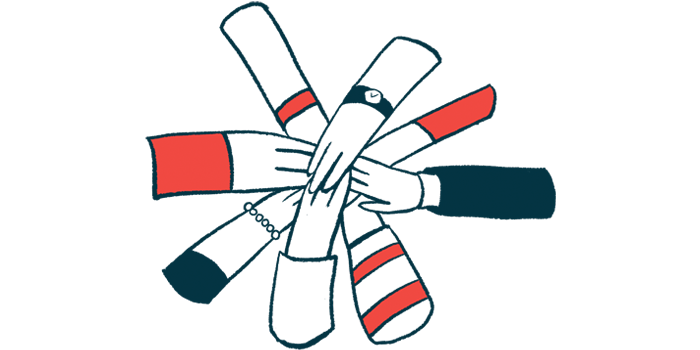Focus will be on patients’ capabilities for aHUS Awareness Day this year
aHUS Alliance looks to future for Sep. 24 global event
Written by |

With the theme “Capabilities and Possibilities,” this year’s aHUS Awareness Day — observed annually on Sep. 24 — seeks to highlight the achievements and aspirations of those living with atypical hemolytic uremic syndrome (aHUS).
Overarchingly, the annual global event aims to call attention to aHUS itself, to educate others, and to community needs and developments in research and treatments. It’s coordinated by the international umbrella organization aHUS Alliance, which collaborates with member groups to support patients and scientists, and to promote disease awareness.
There are more than 30 countries with aHUS advocacy groups.
In addition to those who live with the disorder, and their families, the aHUS Alliance event targets the general public, researchers, healthcare professionals, advocates, businesses, and those in academia.
“People affected by aHUS face many challenges, but it’s important to recognize that patients are people — people who are capable and determined, with goals and talents, and fully involved with their communities, friends, and families,” the Alliance stated on a webpage about the event, adding, “And that’s what our 2023 theme for aHUS Awareness Day is all about, a showcase to highlight all that we can do currently and a spotlight to illuminate pathways for a brighter future ahead for aHUS patients.”
The theme for aHUS Awareness Day 2023 is ‘Capabilities and Possibilities’
The Alliance is encouraging supporters to create and share images or videos that help explain aHUS — a rare disease in which the abnormal activity of part of the immune system causes blood clots to form in the body’s small blood vessels, resulting in damage to internal organs, particularly the kidneys.
Another suggestion for supporters, schools, and community members is to get involved in a local blood drive to collect plasma, the liquid part of blood that is sometimes used to treat aHUS.
In addition, researchers focusing on aHUS are encouraged to consider hosting a learning event, and clinical teams are invited to share the latest information about therapeutic advances and any clinical study opportunities. Those interested in presenting are asked to send an email to [email protected].
The organization also is reprising its video project aimed at celebrating Awareness Day with its global community of aHUS families. This year, the project focuses on hope, seeking to convey the message that “I may have aHUS, but look what I can do!”
To that end, participants are asked to share an achievement, talent, ability, goal, or activity that underscores what is possible for them to do, aHUS not withstanding. Caregivers may base their project on this pronouncement: “My family is affected by aHUS but look what I can do!”
By Sep. 17, project participants must submit their name, where they’re from, a photo, and a narrative of up to 40 words explaining their achievements and goals in spite of aHUS. Leading up to Awareness Day, aHUS Alliance will use the submissions, which should be emailed to [email protected], to create slides. The slides will then be made into a video.
The organization also is offering a variety of fact sheets, graphics, images, a press kit, and other resources for the Awareness Day campaign, which the Alliance created in 2015.
Supporters may follow the Alliance’s event activities on Twitter, with @aHUS24Sept.






